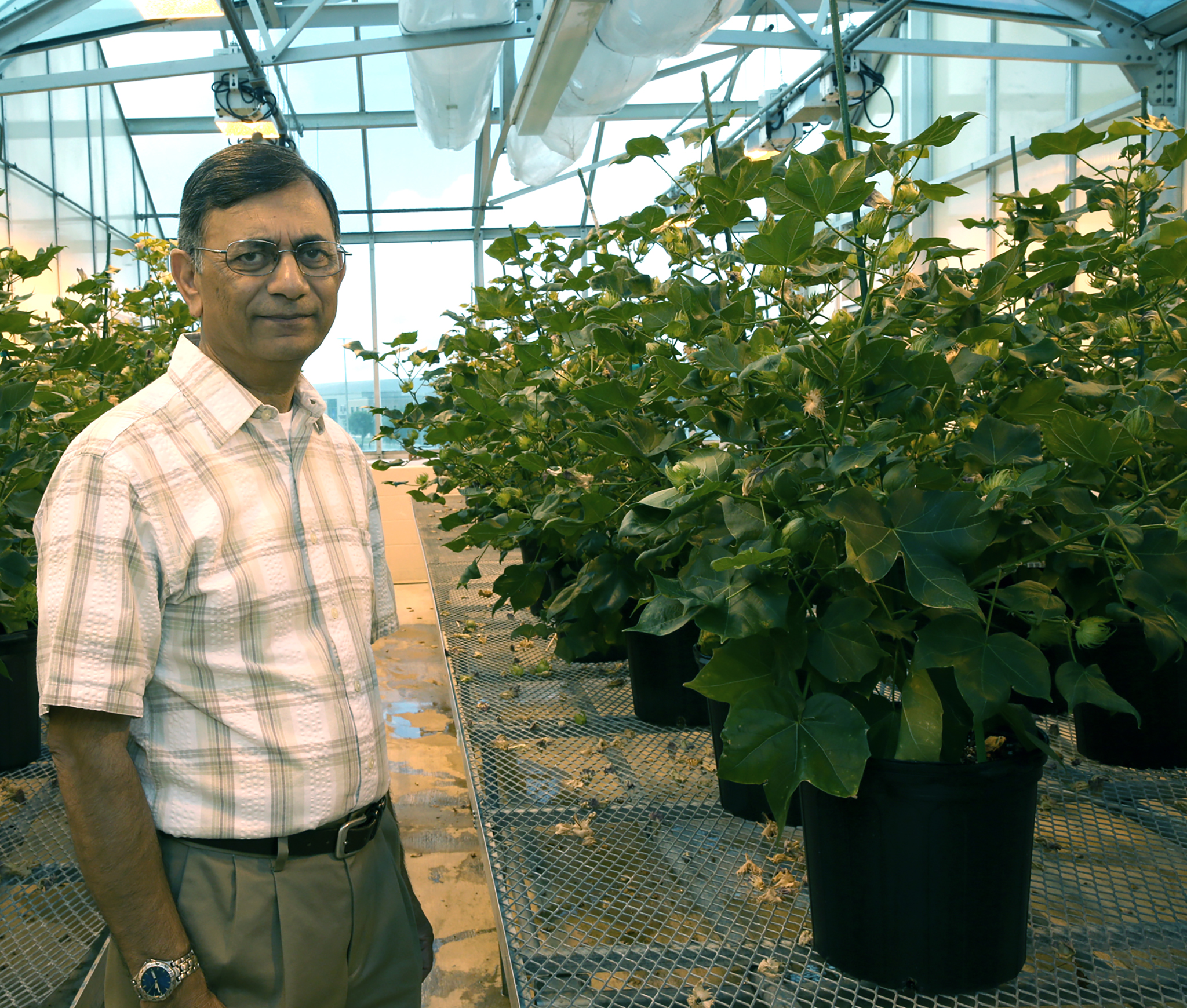RNAi technology could naturally silence genes with far-reaching uses from superfoods to eco-friendly pest control
The revolution in tomato preservation began in 1992 with the introduction of a variety that could delay softening, allowing it to be shipped while still green. This innovation was an early application of RNA interference (RNAi), a gene-silencing technique that was not yet fully understood or even named at the time.
RNA interference (RNAi) is a long-used, natural process for silencing genes. Only recently have scientists started to explore its intentional application beyond the laboratory.
RNAi functions like a gene’s volume control, adjusting the expression of a target gene in a plant without completely eliminating the gene. It is a widespread gene-silencing mechanism in plants, animals and fungi, believed to act as a defense against viruses and other intruders. With numerous applications in health and agriculture, RNAi offers an eco-friendly alternative to conventional pesticides by targeting specific messenger RNA (mRNA) with minimal impact on non-target organisms.
Texas A&M AgriLife researchers, including plant biotechnologist Keerti Rathore, are studying RNAi. Rathore was the first to use RNAi to develop ultra-low gossypol cottonseed.
Over time, the global scientific community has deepened its understanding of RNAi. A group of experts, including those from the Council for Agricultural Science and Technology (CAST), published a paper discussing the transformative potential of RNAi in modern agriculture, titled “RNA Interference in Agriculture: Methods, Applications and Governance.”
Rathore collaborated with Ana María Vélez Arango, Kenneth Narva and with other scientists, on the paper.
In a recent Texas A&M news release, Rathore highlighted the longstanding use of RNAi in agriculture but he said the mechanisms behind its beneficial traits were initially unclear.
Papaya, the first crop to exhibit virus resistance due to RNAi, was saved from the papaya ringspot virus in Hawaii by researchers at Cornell University who utilized the technique, possibly without full understanding of its workings. Subsequent research has expanded RNAi’s use to virus-resistant squashes.
“Although the mechanism (RNAi) wasn’t known, it was already in use,” Rathore noted.
He explained that RNAi distinctively silences genes, whereas CRISPR completely targets and disables genes.
“CRISPR acts as an on/off switch, entirely eliminating a gene’s function. In contrast, RNAi is more like a dimmer switch, allowing for adjustable gene expression levels,” he said.
Texas A&M and researchers like Rathore are focused on enhancing food quality through research. Rathore’s work on gossypol in cottonseed is a prime example of the first RNAi-derived product from a university to undergo deregulation by the U.S. Department of Agriculture and the Food and Drug Administration.
Gossypol, a toxic compound in cotton, protects the plant but renders the seeds inedible for non-ruminants. Rathore’s breakthrough in reducing seed toxicity addresses hunger and malnutrition in cotton-producing regions.
In 2019, the FDA approved ultra-low gossypol cottonseed for human and animal consumption, a culmination of Rathore’s 25-year effort.
“RNAi allows us to silence the gossypol gene in the seed, while the rest of the plant remains normal, including subsequent seed generations,” he explains.
Australian scientists have also used RNAi to increase the oleic acid content in cottonseed oil, making it comparable to olive oil.
Rathore believes that as awareness of RNAi grows, so will its acceptance. The technology is being used to lower caffeine levels in coffee without chemical extraction and to control corn rootworms with a targeted spray.
“This technology is a tool that can help maintain productivity by reducing crop-growing costs and ensuring human and environmental safety by decreasing the need for toxic chemicals,” Rathore said.











